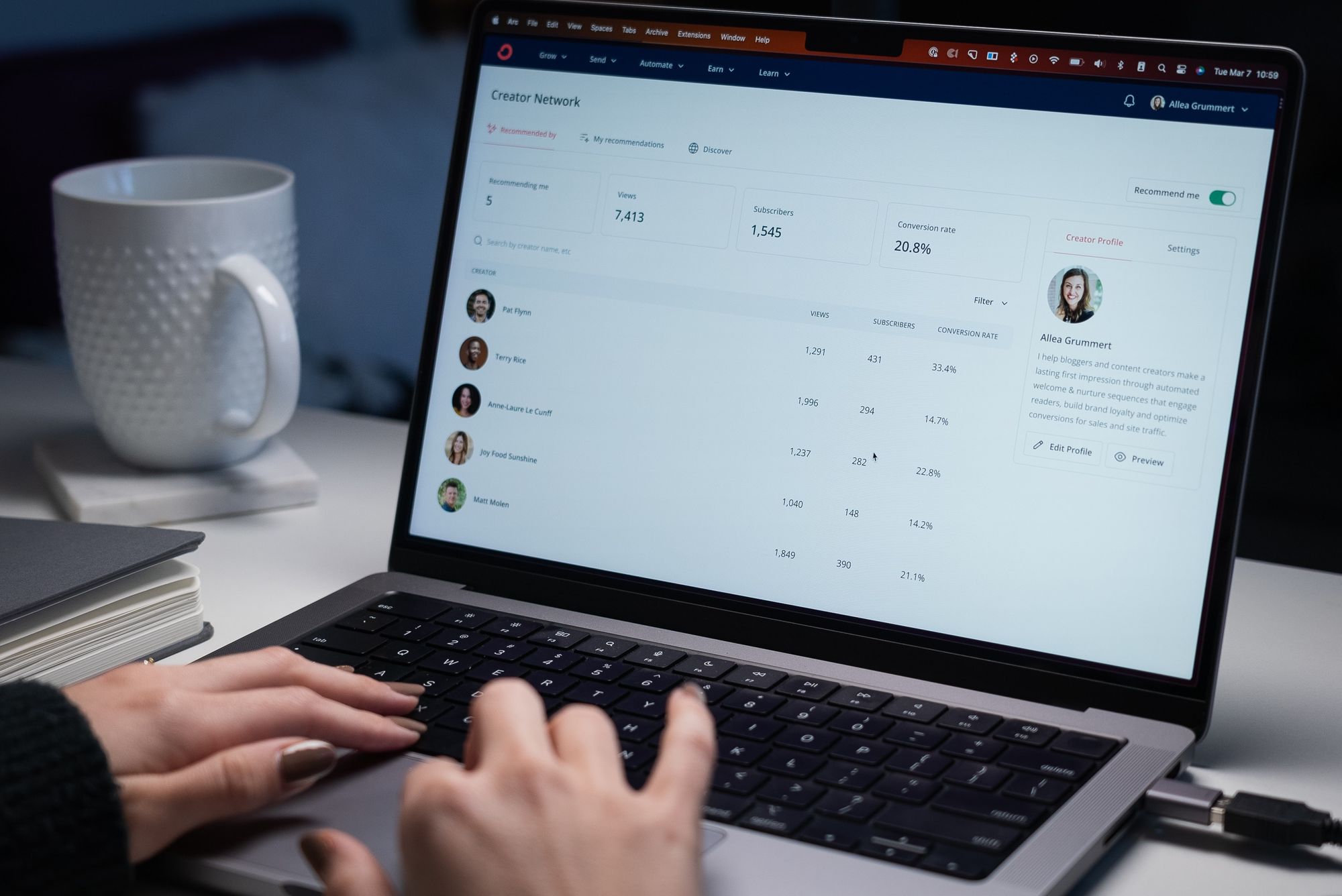In the fast-paced world of email marketing, understanding the performance of your email campaigns is key to achieving success. While crafting compelling content and eye-catching designs is important, it is equally crucial to evaluate your email deliverability against industry benchmarks. By analyzing key metrics and comparing your performance to established standards, you can gain valuable insights that help you enhance deliverability, engagement, and overall campaign effectiveness.
What are Email Deliverability Benchmarks?

Email deliverability benchmarks are industry standards that provide a reference point for evaluating the performance of your email campaigns. These benchmarks allow you to compare your metrics against aggregated data from various industries, providing insights into what constitutes good deliverability rates, open rates, click-through rates, and more.
Understanding and analyzing these benchmarks is essential for optimizing your email marketing strategies. By aligning your performance with industry standards, you can identify areas for improvement, set realistic goals, and make data-driven decisions to enhance your email deliverability.
Key Email Deliverability Metrics
To evaluate your email performance against benchmarks, it's important to understand the key metrics that indicate deliverability and engagement. Here are some essential metrics:
- Delivery Rate: The delivery rate measures the percentage of emails successfully delivered to recipients' inboxes. It excludes bounced emails and spam rejections. A high delivery rate indicates good email deliverability.
- Open Rate: The open rate measures the percentage of recipients who open your email. It gives insight into the effectiveness of your subject lines, sender names, and pre-header text. A higher open rate signifies engaging and relevant content.
- Click-through Rate (CTR): The click-through rate measures the percentage of recipients who clicked on a link within your email. It indicates the level of engagement and interest in your content. A higher CTR suggests effective call-to-action and compelling content.
- Bounce Rate: The bounce rate measures the percentage of emails that failed to reach the recipients' inbox due to various reasons, such as invalid email addresses or technical issues. A lower bounce rate signifies better list hygiene and data quality.
- Unsubscribe Rate: The unsubscribe rate measures the percentage of recipients who opted out of your email list after receiving your email. It reflects the relevancy and value of your content. A lower unsubscribe rate indicates higher engagement and satisfaction.

Analyzing Email Deliverability Benchmarks

To leverage email deliverability benchmarks effectively, follow these steps:
- Identify Reliable Sources: Seek benchmarks from reputable sources such as email service providers, industry reports, and marketing research organizations. These sources compile data from a wide range of industries, providing a comprehensive overview.
- Segment Your Data: Compare your email performance against benchmarks specific to your industry, target audience, and campaign type. Segmenting data allows for more accurate comparisons and insights tailored to your unique circumstances.
- Analyze Performance Trends: Track your email performance metrics over time and compare them to industry benchmarks. Identify any upward or downward trends and use them as a basis for assessing the effectiveness of your email marketing strategies.
- Set Realistic Goals: Use benchmarks to set realistic goals for improving your email deliverability and engagement rates. Aim to achieve or surpass industry standards while considering your specific business objectives and audience characteristics.
- Test and Optimize: Continuously test different elements of your email campaigns, such as subject lines, content, and calls-to-action, to optimize performance. Use the insights gained from benchmark analysis to guide your testing and optimization efforts.

Commonly Asked Questions
Why are email deliverability benchmarks important?
Email deliverability benchmarks provide a reference point for evaluating the success of your email campaigns. They help you gauge the effectiveness of your strategies, identify areas for improvement, and set realistic goals. By aligning your performance with industry standards, you can optimize your email deliverability and engagement rates.
Where can I find reliable email deliverability benchmarks?
Reputable sources like email service providers, industry reports, and marketing research organizations provide reliable email deliverability benchmarks. Examples include Campaign Monitor, MailChimp, Validity, MailerLite, and GetResponse. These sources compile aggregated data from various industries, giving you a broad perspective on industry standards.
How can I improve my email deliverability rates?
To improve email deliverability rates, focus on maintaining a clean and engaged email list, implement proper authentication protocols (SPF, DKIM, DMARC), personalize your content, and follow industry best practices. Regularly monitor your metrics, analyze trends, and make data-driven decisions to optimize your email campaigns.
What should I do if my email metrics fall below industry benchmarks?
If your email metrics fall below industry benchmarks, assess your current strategies and identify potential areas for improvement. Test different elements of your email campaigns, monitor the impact of changes, and make iterative adjustments. Benchmark analysis helps you identify specific areas to focus on for optimization.
Conclusion
Email deliverability benchmarks play a crucial role in optimizing the performance of your email campaigns. By analyzing key metrics and comparing your performance against industry standards, you can gain valuable insights to enhance your email deliverability, engagement rates, and overall campaign effectiveness. Leveraging these benchmarks allows you to set realistic goals, identify areas for improvement, and make data-driven decisions that maximize the impact of your email marketing efforts. Stay informed, test different strategies, and continually optimize to achieve email success.

